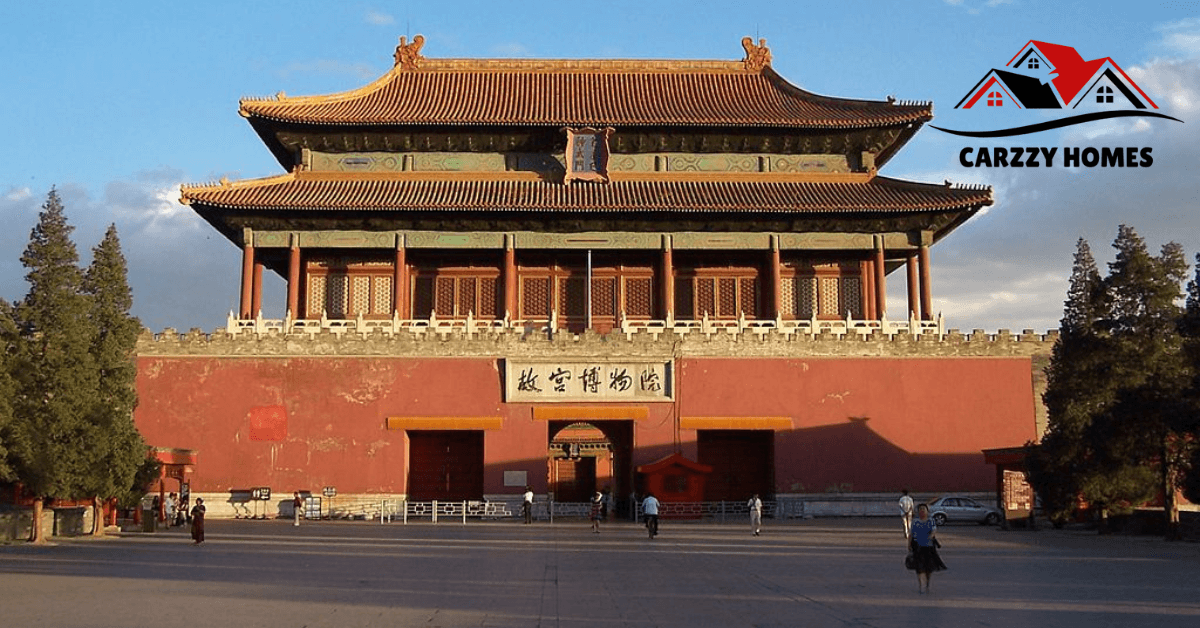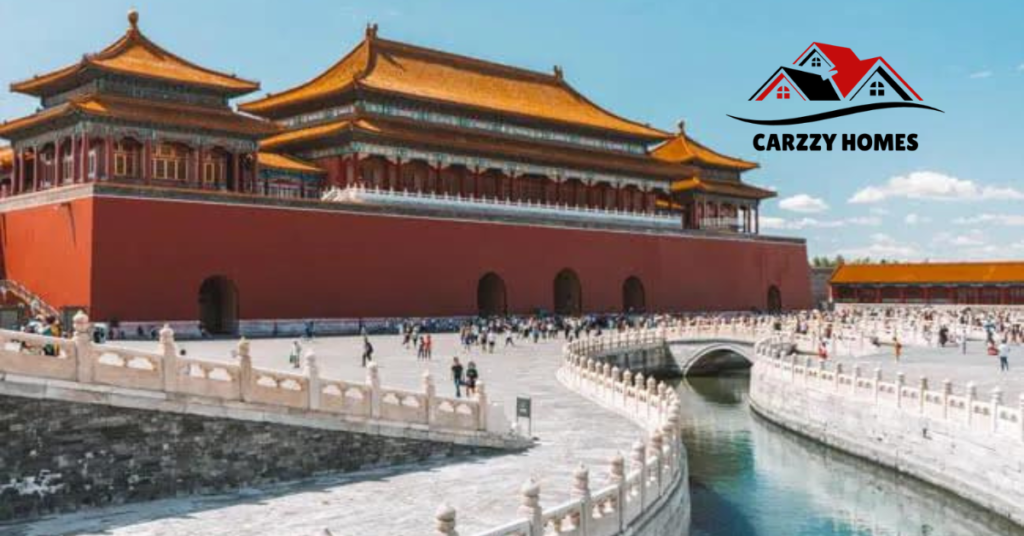Unfolding the grandeur of Chinese architecture is like stepping into a time machine that takes you on a journey through centuries of cultural evolution. China House is not merely a structure; it’s a story etched in stone, a testament to the country’s cultural richness and architectural prowess.
| Category | Details |
|---|---|
| Country | China |
| Average Household Size (2023) | 2.800 persons per household
1
|
| Urban Household Size (2012) | 2.840 persons in 36 cities
2
|
| Typical Home Size | Average size of property: 100 square meters (1076 square feet)
3
|
| Living Space per Person | Increased from 7.4 square meters (80 square feet) in the 1980s to nearly 28 square meters (300 square feet) by the 2000s
3
|
| Common Home Features | Many homes are small, often one-story courtyard houses, especially in urban areas
3
|
| Cultural Insights | Chinese homes typically have less personal space compared to Western standards; visitors often note the close proximity of family members
3
|
Understanding “China House”

Definition and Significance
The term “China House” typically refers to traditional Chinese residences. These structures reflect China’s long history, deep-rooted traditions, and the philosophical principles that shape its culture. Understanding the concept of a China House is like unravelling the threads of Chinese society, as architecture here is not just about buildings, but also about expressing social norms, cultural values, and spiritual beliefs.
Architectural Styles
Chinese architecture is diverse, with styles varying across regions and dynasties. From the intricate, multi-tiered pagodas to the humble courtyard houses known as Siheyuan, each structure carries its unique story. Notably, the design principles of these architectures often involve Feng Shui, a traditional practice that focuses on harmonizing individuals with their surrounding environment.
Historical Architectural Marvels

The Forbidden City
The Forbidden City, an imperial palace spanning the Ming and Qing dynasties, is a masterpiece of Chinese architecture. It showcases the grandeur of royal extravagance and the profound symbolism embedded in Chinese culture. Each element, from the layout to the color schemes, holds symbolic significance, reflecting the ancient belief systems.
Temple of Heaven
The Temple of Heaven, a UNESCO World Heritage Site, demonstrates the strong connection between architecture and religion in ancient China. This grand complex, with its iconic circular design, symbolizes the relationship between earth and heaven, signifying the ancient Chinese’s cosmic beliefs.
Great Wall of China
Perhaps the most iconic symbol of China’s architectural prowess is the Great Wall. Stretching thousands of miles, the wall showcases the advanced architectural techniques of ancient China and reflects its military strategy. Its design and structure vary across different sections, making it a unique architectural marvel.
Modern Architectural Wonders
Shanghai Tower
The Shanghai Tower, China’s tallest skyscraper, represents the nation’s rapid urban development. Its twisted design not only makes it an architectural icon but also contributes to its sustainability, minimizing wind loads and saving construction materials.
CCTV Headquarters
The CCTV Headquarters, with its innovative and unconventional design, has dramatically transformed Beijing’s skyline. This loop-shaped skyscraper symbolizes the new face of China, showcasing its technological advancement and architectural innovation.
National Centre for the Performing Arts
The National Centre for the Performing Arts, often called “The Giant Egg,” is a stunning demonstration of modern architecture. Its unique ellipsoid dome design, combined with its cultural significance, makes it a modern marvel in Chinese architecture.
Regional Variations in Architecture
Fujian Tulou
The Fujian Tulou, a type of rural dwelling in Fujian province, showcases China’s communal living traditions. These large, fortified earth buildings, often circular or square, house entire communities, reflecting a unique architectural style.
Hakka Architecture
Hakka architecture, typically found in the mountainous regions of southern China, is characterized by its fortress-like design. These structures represent the Hakka people’s resilience and adaptability, demonstrating how architecture can reflect cultural identity.
Traditional Courtyard Houses
Traditional Courtyard Houses, or Siheyuan, are common in Beijing. These structures, organized around a central courtyard, showcase the importance of family and hierarchy in Chinese culture.
The Role of Architecture in Chinese Society
Cultural Identity
In China, architecture is more than just buildings; it’s a manifestation of cultural identity. From the grand palaces to the humble courtyard houses, each structure tells a story about Chinese society, its values, and its beliefs.
Tourism and Economic Impact
China’s architectural wonders significantly contribute to its tourism industry, attracting millions of visitors each year. These sites not only generate revenue but also promote cultural exchange and global understanding of Chinese culture.
Preservation Efforts
Preservation of historical sites is crucial in China. Through restoration projects and protective legislation, China strives to safeguard its architectural heritage for future generations.
Future Trends in Chinese Architecture
Sustainable Practices
As China advances, sustainable architecture is becoming an emerging trend. Buildings like the Shanghai Tower showcase innovative designs that prioritize energy efficiency and environmental conservation.
Integration of Technology
The integration of technology in architecture, such as smart buildings, is transforming urban living in China. These structures offer enhanced comfort, efficiency, and safety, shaping the future of Chinese cities.
Global Influence
With its blend of traditional and modern architecture, China is shaping global architectural trends. Its unique structures inspire architects worldwide, influencing the design of future buildings.
Conclusion
Our journey through the architectural wonders of China, from traditional structures to modern skyscrapers, has offered us a glimpse into the heart of Chinese culture. Each “China House” we’ve explored is a testament to China’s architectural prowess, its cultural richness, and its evolving society. Now, it’s your turn to embark on this journey and explore these architectural wonders for yourself.
Also read the dutch house lic
